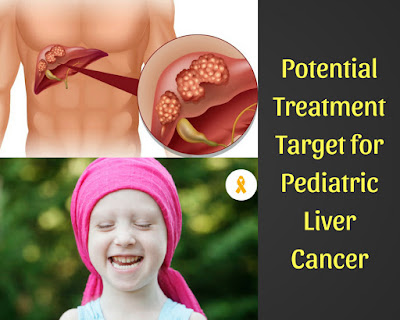Potential Treatment Target for Pediatric Liver Cancer
HBL is the most common sort of pediatric liver cancer and affects children amid the primary three years of life. In spite of the fact that generally survival rates for these patients have improved over the years, significant numbers of them see their cancer spread, or they confront aggressive, therapy-resistant tumors that cannot be expelled surgically. A protein within the cell nucleus already focused on therapeutically for a few types of cancer has presently been connected to an aggressive shape of pediatric liver cancer called hepatoblastoma (HBL).
Researchers conducted extensive biological and hereditary tests on given HBL tumor samples and found profoundly raised levels of the protein PARP1 in patients with this cancer. PARP1 alters chromatin structure within the cell nucleus to drive the chemotherapy-resistant shape of liver cancer. An FDA-approved medicate called Olaparib that blocks PARP1 is already utilized to treat other types of cancer. In the tests on human liver tumor cells, PARP1 ties to DNA regions inside numerous cancer-related genes and enacts their expression in (HBL) to drive the disease. When the researchers pharmacologically blocked PARP1 within the tumor cells, this moderated or halted cancer progression.
The researchers moreover caution that discoveries in laboratory models frequently are not successful within the clinical treatment of patients. Children with the classic form of HBL have diminished levels of tumor suppressor proteins (TSPs). The researchers report that patients with aggressive disease have hoisted levels of TSPs which experience modifications and show cancer-promoting (oncogenic) exercises. PARP1 is the particle that causes rise of the oncogenic shapes of the TSPs in forceful hepatoblastoma as well as actuation of other cancer-related pathways such as beta-catenin.




Comments
Post a Comment